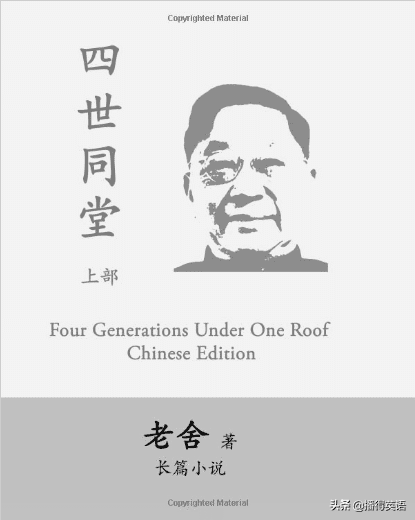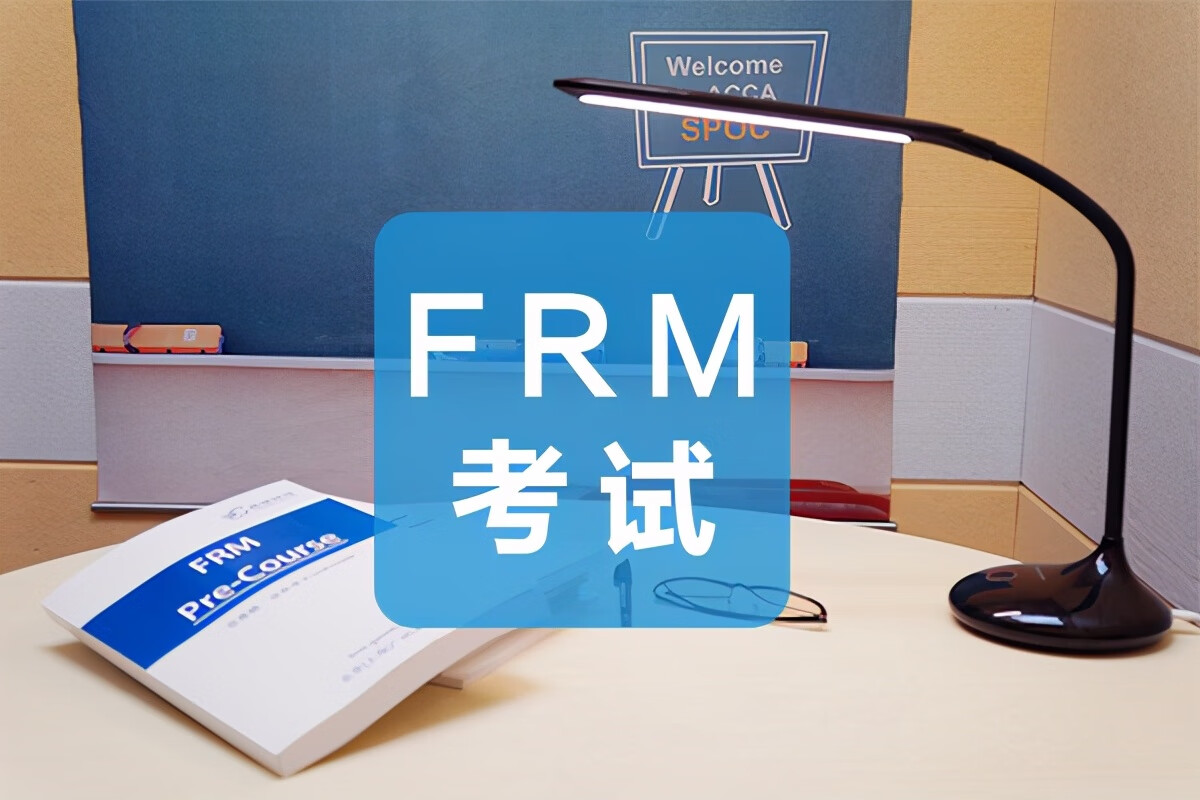.jpg)
Unit3 Getting Together
【重点短语和句型】
1.Could you please + 动词原形……?用来表示委婉的请求
---Could you please tell me your name?
--- Sure/ No problem. Myname is Sally.
--- Sorry.
2.tellsb. sth. = tell sth. tosb. 告诉某人某事
tell sb. aboutsth. 告诉某人关于某事
Please tell me your name. = Please tell your name to me.
Please tell Maria about it. 请把这件事告诉玛丽亚吧。
3.helpsb. dosth.= help sb. withsth. 在某方面帮助某人,帮助某人做某事
Please help us find him.
Could you please help mewithEnglish?
= Could you please help me studyEnglish?
4.wantto do sth.= would like to do sth. 想要做某事
want sth. = would like sth. 想要某物
want sb. to do sth.想要某人做……
He wantsto visitBeijing. = He would like to visitBeijing.
I want/would like an orange.
Jane wants Kangkang to singsome songs withher.
5.showsth. to sb.= show sb. sth. 把某物展示给某人看
Maria shows a photo of her familytoKangkang.
6.My English is very good. =I can speakEnglish very well.
7.livein+ 地点 居住在某地
live with + sb. 和某人住
He live in China with his parents.
8.knowa lot about…… 知道许多关于……的事
He knows a lot about China.
9.say表示说话的内容,speak表示说某种语言的能力
What does he sayin the letter?
He can speaksome English.
10.对事物的喜欢程度
like……very much/a lot 非常喜欢
like……a little 有点喜欢
don’t like……at all 一点都不喜欢
Many students in our class like Englisha lot, but I like it a little.
He doesn’tlike chocolateat all.
11.a lot of+可数名词复数/不可数名词
I have a lot ofEnglish books.
12.everyday 每天
each other 相互
some of them 他们中的一些
eat out 下馆子,到外面吃饭
13.play withsb. 和某人一块玩耍
like to do/doingsth. 喜欢(做)某事
She likes to play withKitty.
14.Help yourself/yourselves to sth. 随便吃(喝)……
15.bekind to sb. 对某人很友好
They are all kind tome. 他们对我很友好。
It’s very kind of you. 你真好。
16.be glad to do sth. 很高兴(乐意)做……
I am very glad to be here. 我很乐意在这里。
Glad to meet you. 很高兴见到你。
17.let sb. dosth. 让某人做某事
Let me see.让我想一想。
Let us help you find him. 让我们帮助你找到他。
18.I am home. 我到家了。
Maria isn’t at home/in now. 玛丽亚现在不在家。
Welcome to my home. 欢迎来我家。
It’s time to go home. 该回家了。
【单元知识点详解】
1. 实义动词变一般疑问句及其回答
---Does he speak English?
-- Yes, he does./ No, he doesn’t.
2. 询问职业及工作地点
---What does your mother do?(书面) /What is your mother?(口语)
--- She is an English teacher.
---Where does she work?
--- She works/ teaches/studies in a school / hospital / restaurant / on a farm / in an office...
3. 介绍家人
This is a photo of my family.
The young woman in red is my mother.
Is the young woman in red your mother?(变一般疑问句)
Who is the young woman in red?(对划线部分提问)
My grandparents, my cousin and I are on the sofa.
I have a big family. 我有一个大家庭。
I love my family. 我爱我的家。
4. 就餐表达语
1) ---Would you like something to drink ? 想不想喝些东西?
---Yes, a glass of apple juice , please. / No, thanks.
something to drink 一些喝的东西
something to eat 一些吃的东西
2) ---What would you like to have / eat / drink ? 你想吃(喝)些什么?
---I’d like some rice and chicken. / Let me see. 我想想看。
3) Would you like to have dinner with me? 想和我共进晚餐吗?
---Yes, I’d love to. / Yes, I’d like to.
--- I’m sorry, I have to…
4) ---What do you usually have for breakfast? 你通常早餐吃什么?
---I usually have milk and bread for breakfast.
have…for breakfast/ lunch / dinner 早/午/晚餐吃......
5) ---May I take your order, sir? 请问,要点菜了吗?
---Fish with vegetables and rice , please.
6) May I help you ? = Can I help you ? =What can I do for you ?请问要吃/喝/买些什么?
5. 委婉地请求、提建议的五种表达
Would you like sth. / to do…? 你愿意/想……?
What / How about sth. / doing…? ……怎么样?
Why not do…? 为什么不……?
Let’s do…! 让我们干……吧!
Why don’t you do…? 为什么不……?
肯定回答:Yes, I’d like/love to. /Good idea. /OK. / All right./ I’d love that.
否定回答: No, thanks. / I’m sorry I can’t, I have to do…/ I’d like that, but I’m sorry I have no time.
【重点语法】
1. 人称代词的主格与宾格
点拨:主格在句子中充当主语,放在动词之前;宾格放在动词之后构成动宾短语,放在介词之后构成介宾短语。
主格:I/we/you/he/she/it/they
宾格:me/us/you/him/her/it/them
---Do you know them?
--- Yes. They are my new classmates.
2. 可数名词与不可数名词
(1)可数名词:可以用数目来计数的名词,有单数和复数之分。
如:banana, egg, apple, orange, noodles, vegetable, hamburger等。
(2)不可数名词:不能用具体的数目来表示,前面不能加a/an,没有复数形式。
如:milk, chicken, bread, Coke, coffee, rice, juice, fish, tea, water, chocolate等。
(3)不可数名词若要表示数量,可用:数词+量词+ of + 不可数名词。
如:a glass of milk 一杯牛奶; ten bottles of apple juice十瓶橙汁;ten loaves of bread 十条面包
(4)some/ a lot of +可数名词的复数/ 不可数名词
many +可数名词的复数
much +不可数名词
【书信的格式】
1. 称呼:顶格写,常用Dear… 开头,表示亲切、客套,后面用逗号。
2. 正文:从称呼的下一行开始写,开头空两格。
3. 结束语:正文下面的客套话,写在右下角,首字母大写,末尾用逗号,常用Yours。
4. 签名:指写信人的签名,写在结束语的下面。
版权声明:本文内容由互联网用户自发贡献,该文观点仅代表作者本人。本站仅提供信息存储空间服务,不拥有所有权,不承担相关法律责任。如发现本站有涉嫌抄袭侵权/违法违规的内容, 请通知我们,一经查实,本站将立刻删除。





